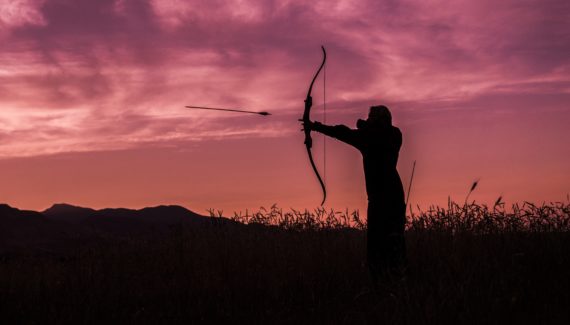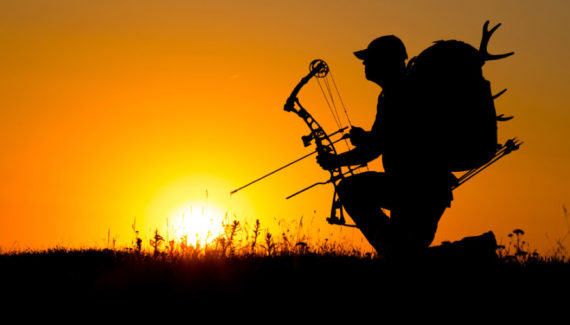
Crossing a river or a large stream is a challenge that most hikers and outdoorsmen will have to face at one time or another. It is also one of the most dangerous problems of the outdoors since rivers present a number of dangers, such as drowning, hypothermia, and injuries caused by slipping and falling on rocks.
When crossing a river, many hikers or crossbowmen are tempted to pass at the narrowest point, rather than the shallowest point. It is always much safer to cross shallow water, even if you have to travel twice as far to get across. Before crossing, it is a good idea to find a large stick which can be used as a wading staff, which will improve your stability when walking on top of slippery rocks. A wading staff also comes in handy for measuring the depth of a stream or river if you cannot see the bottom.
If you can see the bottom of the water, the safest way to cross is by stepping on the gravelly ground, rather than that that is muddy or strewn with large rocks. It is surprisingly easy to slip off of a cliff or to find yourself knee-deep in mud. A stream bottom that is comprised of gravel and small stones will provide much better footing.
As you wade across a stream or river, keep your eyes straight ahead. Resist the temptation to look down, because watching the current move one direction while you are moving in another direction will make you dizzy and disoriented in a matter of seconds, significantly increasing your chances of losing your balance.
Since your eyes will be focused on a fixed point straight ahead, you will have to judge your steps by feel. Never commit to taking a step until you are confident that your foot is securely planted. As you cross, you may notice that the water is getting deeper. Once the water reaches your waist, it might be a good idea to retrace your steps and look for a shallower point to cross. Water that is waist-deep can be deceptive; even if the current appears to be slow, the sheer volume of water can be enough to knock even the strongest hiker off-balance.
The most important safety tip is to always respect the river and the power of the water. People have been known to drown in shallow water as well as deep water, and many hikers have died in places where they have hiked for years. Every stream and river, regardless of its size or depth, presents numerous hazards to even the most experienced hiker. The power of Mother Nature should never be underestimated, so don’t forget to carry your First Aid Kit while you’re outside.



No Responses Yet